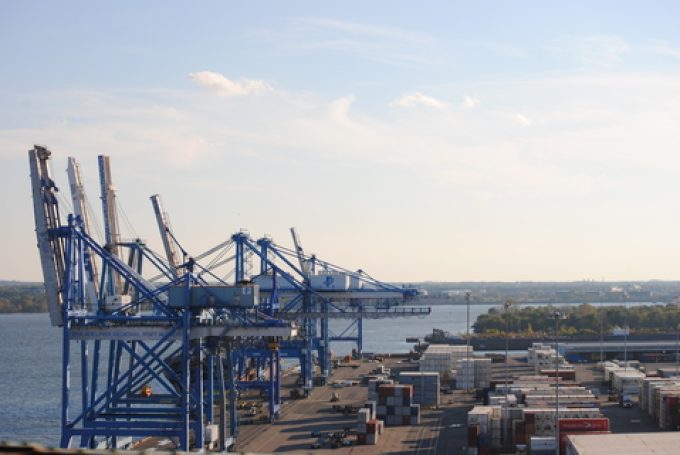News in Brief Podcast | Week 18 | Transpac chaos and Q1 earnings
In this episode of The Loadstar’s News in Brief Podcast, host and news reporter Charlotte Goldstone ...

As the possibility of strike action at ports on the US east and Gulf coasts draws nearer by the day, container shipping lines serving the region have begun to announce disruption surcharges.
On 1 September, MSC notified customers it would apply a $1,000 per 20ft and $1,500 per 40ft Emergency Operations Surcharge (EOS) from 1 October (the date set for the strike to begin) on all shipments from Europe to the US east and Gulf coasts, as well as to ports ...
Maersk u-turn as port congestion increases across Northern Europe
Apple logistics chief Gal Dayan quits to join forwarding group
Maersk Air Cargo sees volumes fall as it aims for 'margin in favour of revenue'
Airlines slash freighter capacity post-de minimis, but 'the worst is yet to come'
Houthis tell Trump they will end attacks on Red Sea shipping
Transpac rates hold firm as capacity is diverted to Asia-Europe lanes
MSC revamps east-west network as alliance strategies on blanking vary
India-Pakistan 'tit-for-tat' cargo ban sparks sudden supply chain shocks

Comment on this article